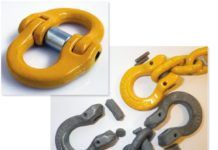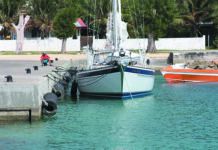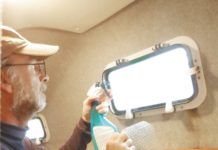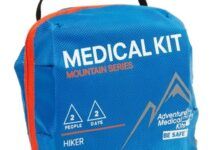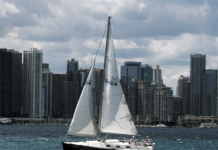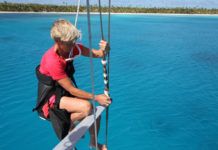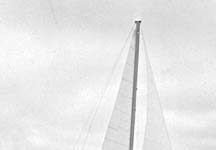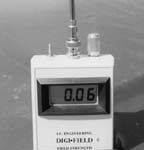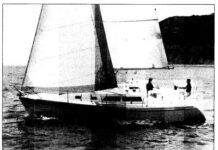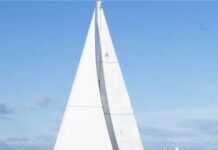Cheoy Lee Offshore 41
An innovative Ray Richards design built by the earliest Asian yard is a rock solid cruiser, but with a lot of teak to maintain as well as potentially troublesome metalwork.
GAM SS-2 Top Short VHF Antenna
Among 8' 6db models, the Shakespeare 5225XT performed perfectly. Others that rated well include the Shakespeare 5399, Digital 528-VW and the Antenex 4-footer.
PS Advisor
Cored Hull ConcernI write in hopes that you will be able to tackle a fundamental question. Our family, which has been involved one way...
Consumer Alert: Surveyor Problem
I purchased a 1990 Beneteau in Florida in 1995 for $75,000 that had been in charter for five years in Tortola. The boat was...
MacGregor 26 (newer model)
The successor to the earlier MacGregor 26 does 20 knots with a 50-hp. outboard motor.
Catalina 30
The entire Catalina line is extremely popular with new boat dealers, who are required by Catalina to represent other lines as well. Usually, the Catalina line is priced about 5% lower than a comparably equipped boat of the same size and type from other manufacturers.
Catalina 320
Catalina Yachts has carved a reputation in the production boat world by producing yachts that make owner feedback sound like a mantra. Typical comments are, "They provide real value for the dollar," "This is not a Swan," "A lot of boat for the money," or, "They sail well enough, considering that most owners are cruisers."
Catalina 34
It doesn't take a lot of brains to see that Catalina is doing something right that a lot of other sailboat makers aren't. They're the largest sailboat builder in the country, and a terrible year for them would be Valhalla for almost every other manufacturer. With more than 1,000 built in seven years, the Catalina 34 has to be in the running as the most successful production boat of the 1980s.
Columbia 36
The Columbia 36 was in production between 1967 and 1972. One reader estimates that more than 600 were built, making it a very successful model. The Columbia 36 was a pretty slick looking boat in its day, and though its lines have worn reasonably well with time, we're reluctant to call it a "classic."
Hunter 23.5
The 23.5 was designed as a trailerable family cruiser for entry-level sailors. Like most Hunters, the boat offers lots of space in the cockpit and down below, and comes with the famous Cruise Pac, which provides just about anything a customer needs, including sails, motor, trailer, lifelines, anchor, life jackets, flares and a copy of Chapman's Piloting, Seamanship and Small Boat Handling.











